Elevating a living room’s design requires a harmonious blend of style and substance, particularly in small spaces where every element counts. This article explores how to strike the perfect balance, infusing your living room with personality, functionality, and visual appeal, regardless of its size constraints.
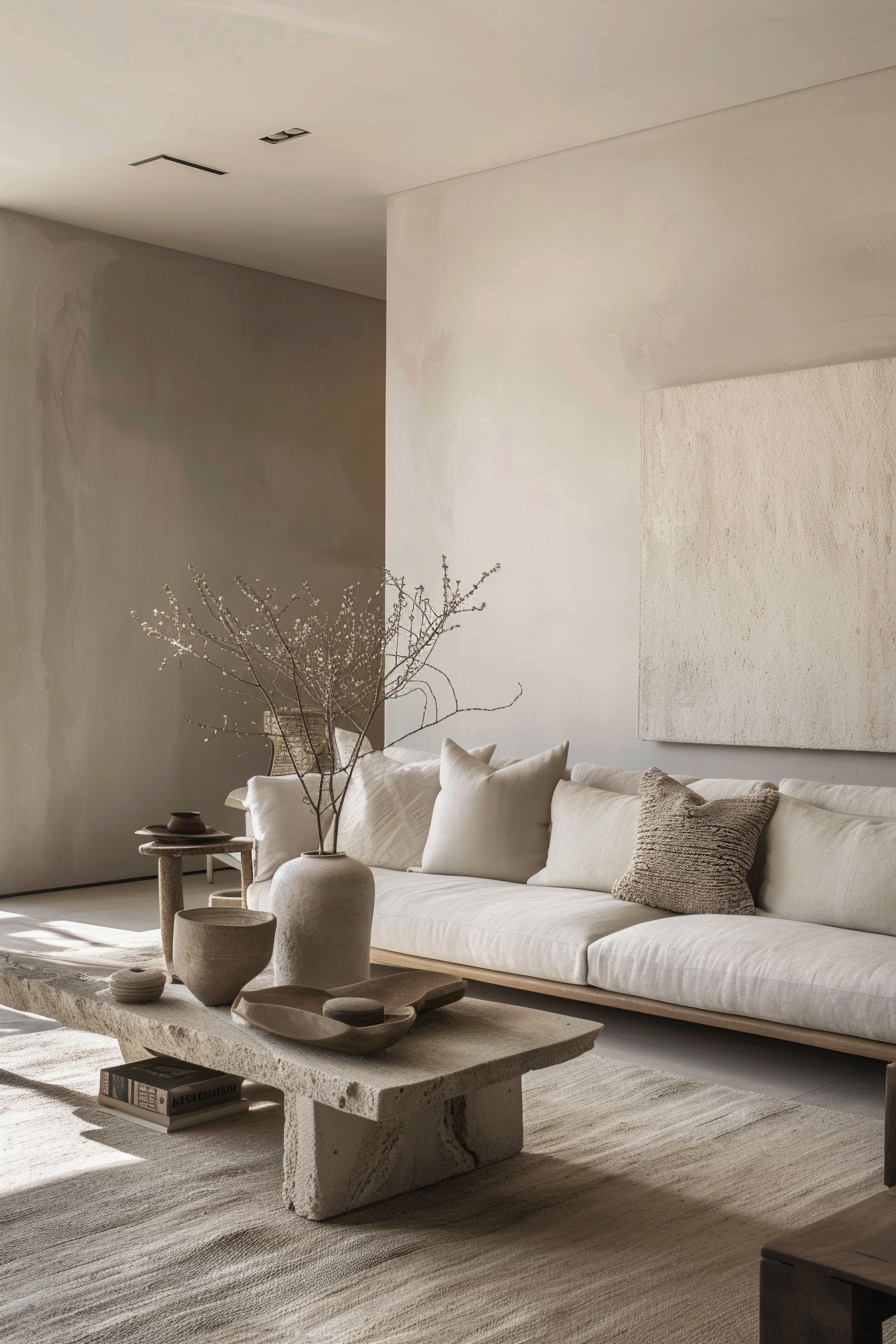










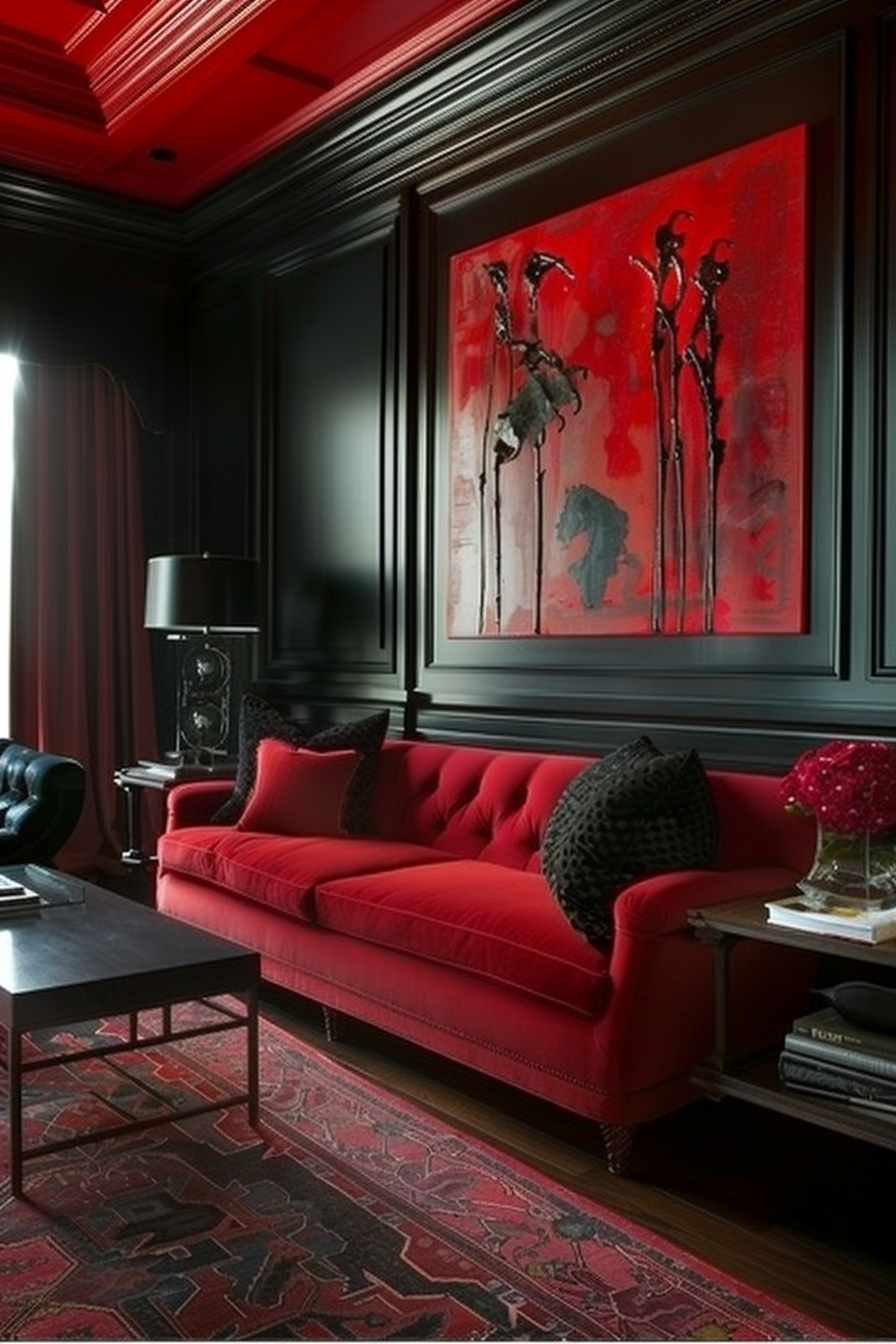
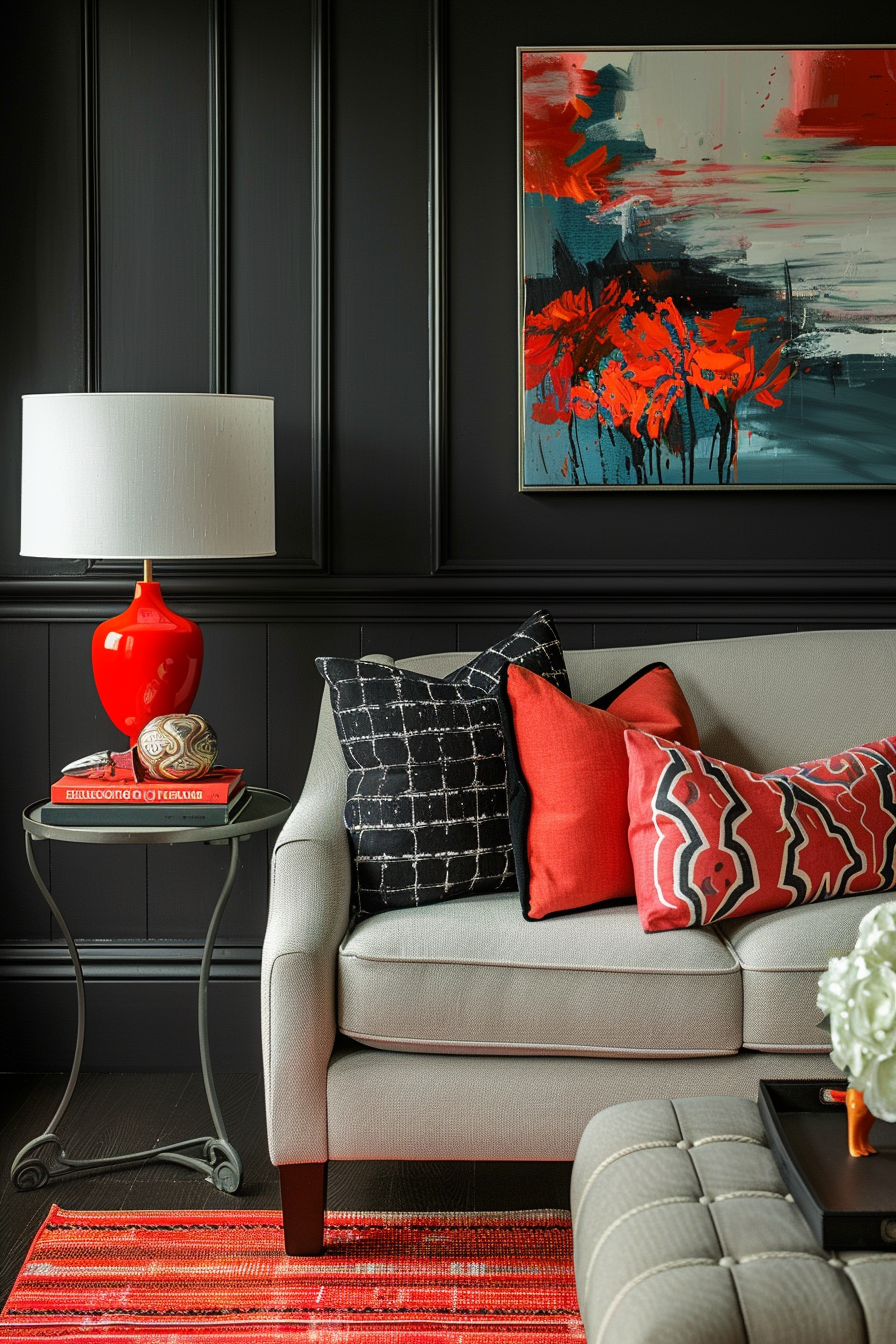




























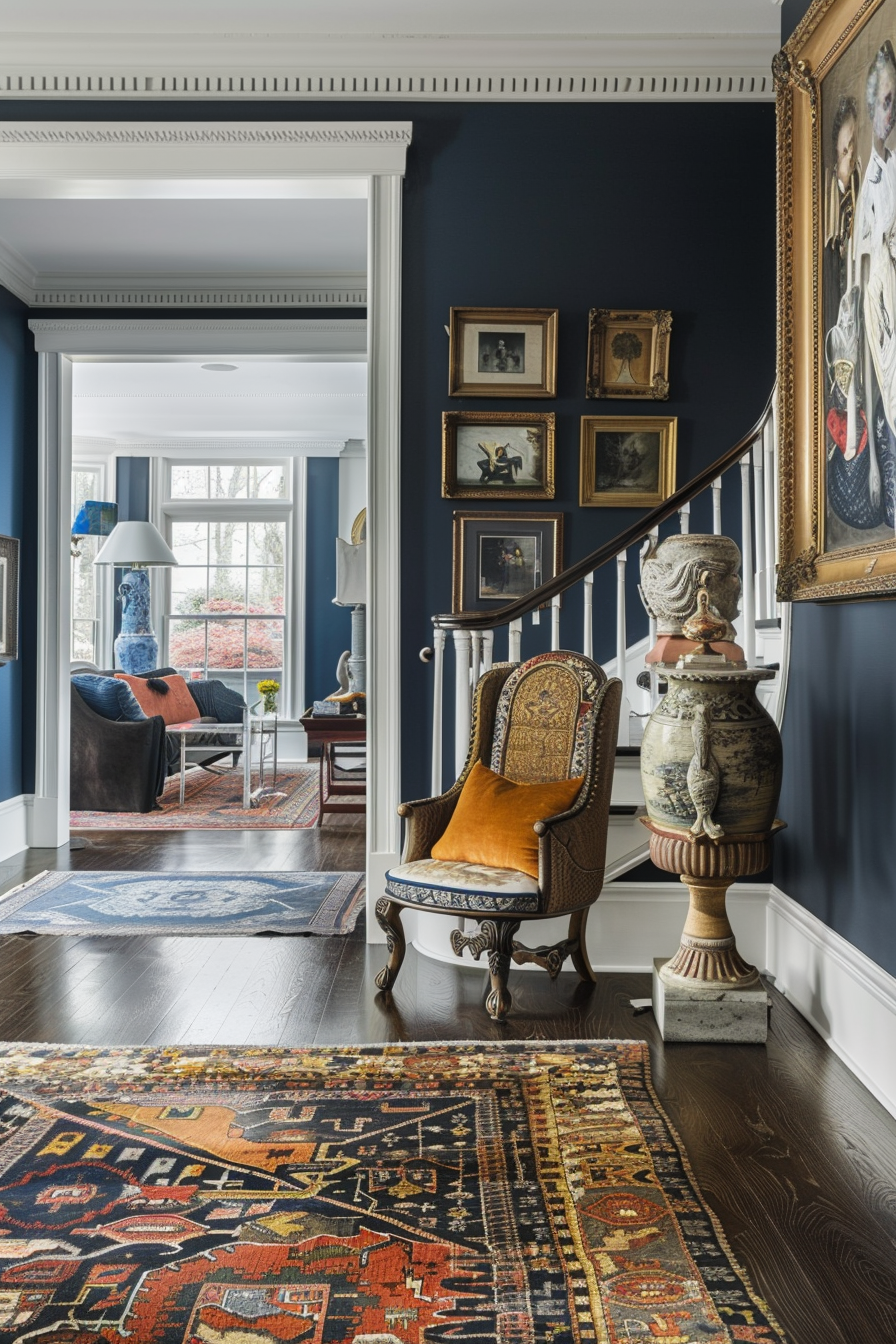


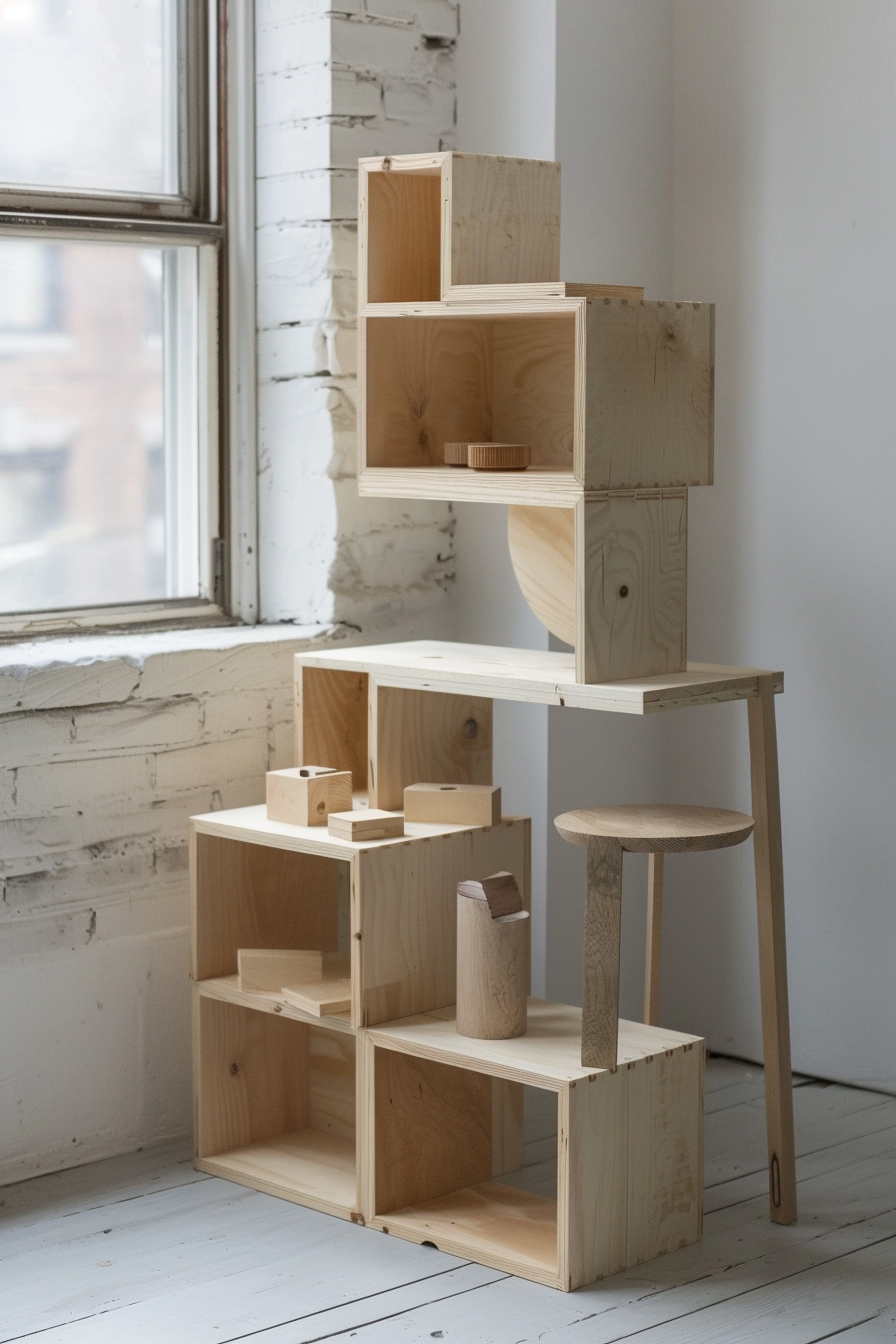




Follow Quiet Minimal on Pinterest for more home design tips and inspiration.


